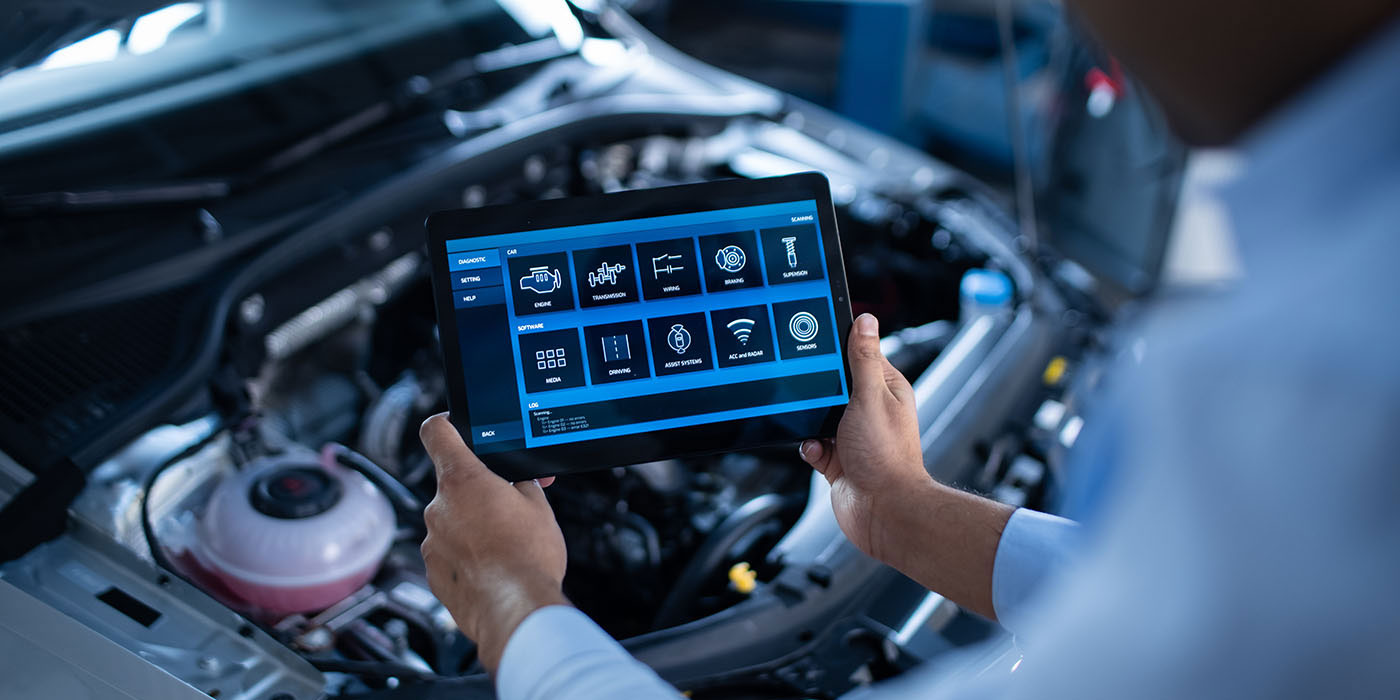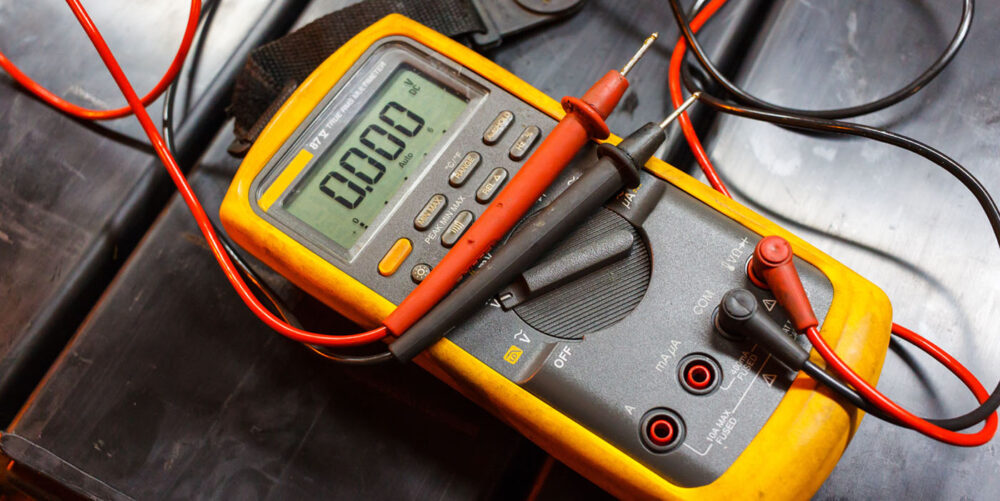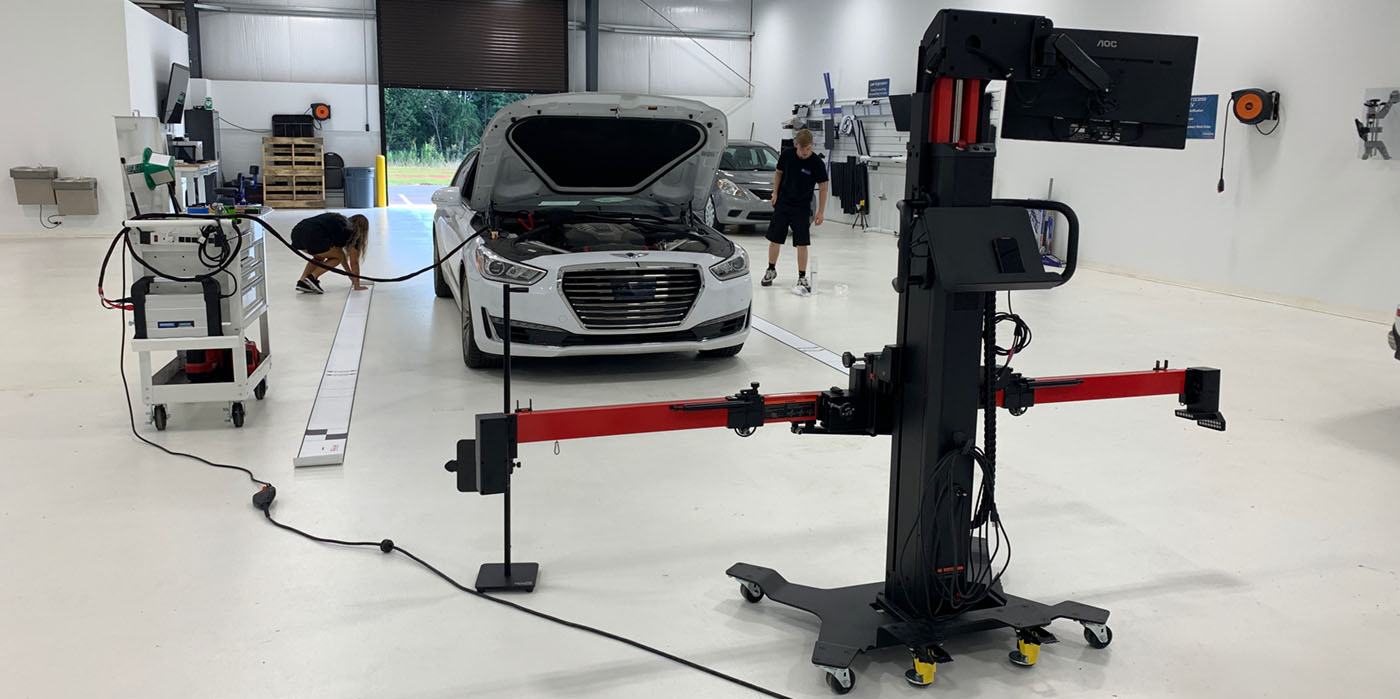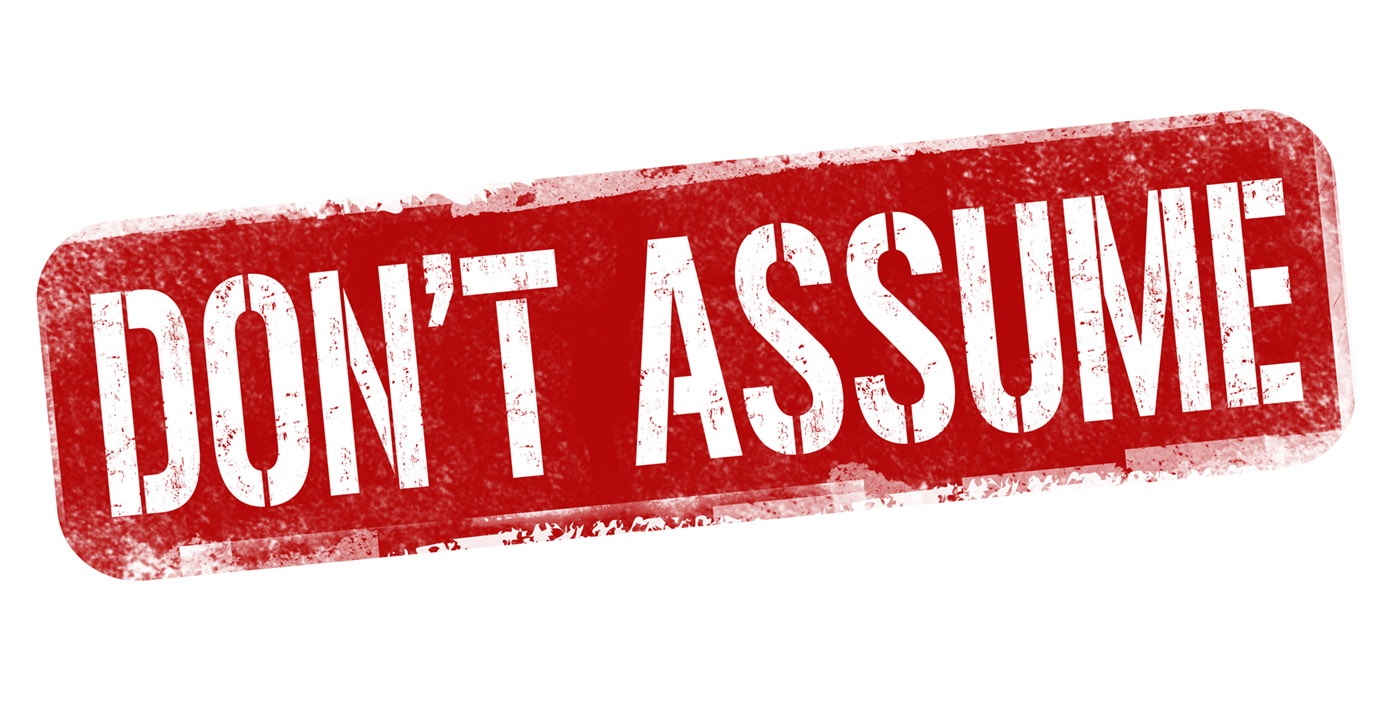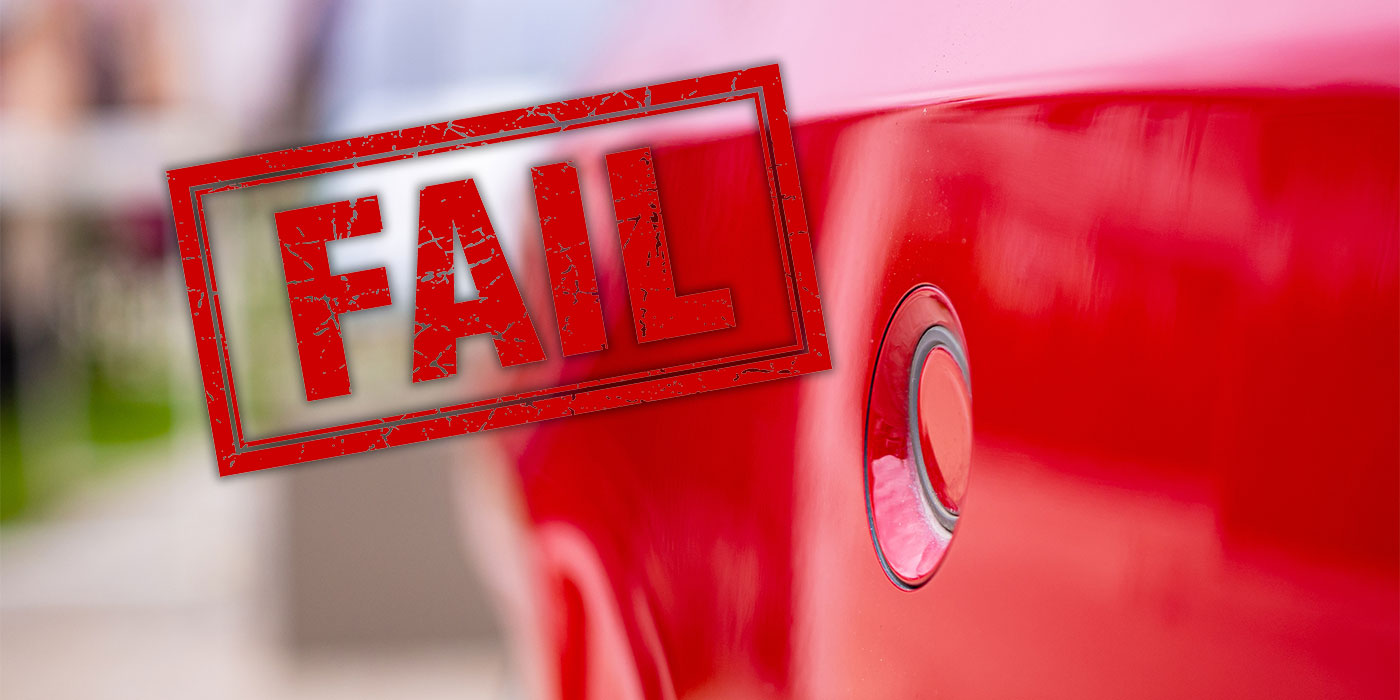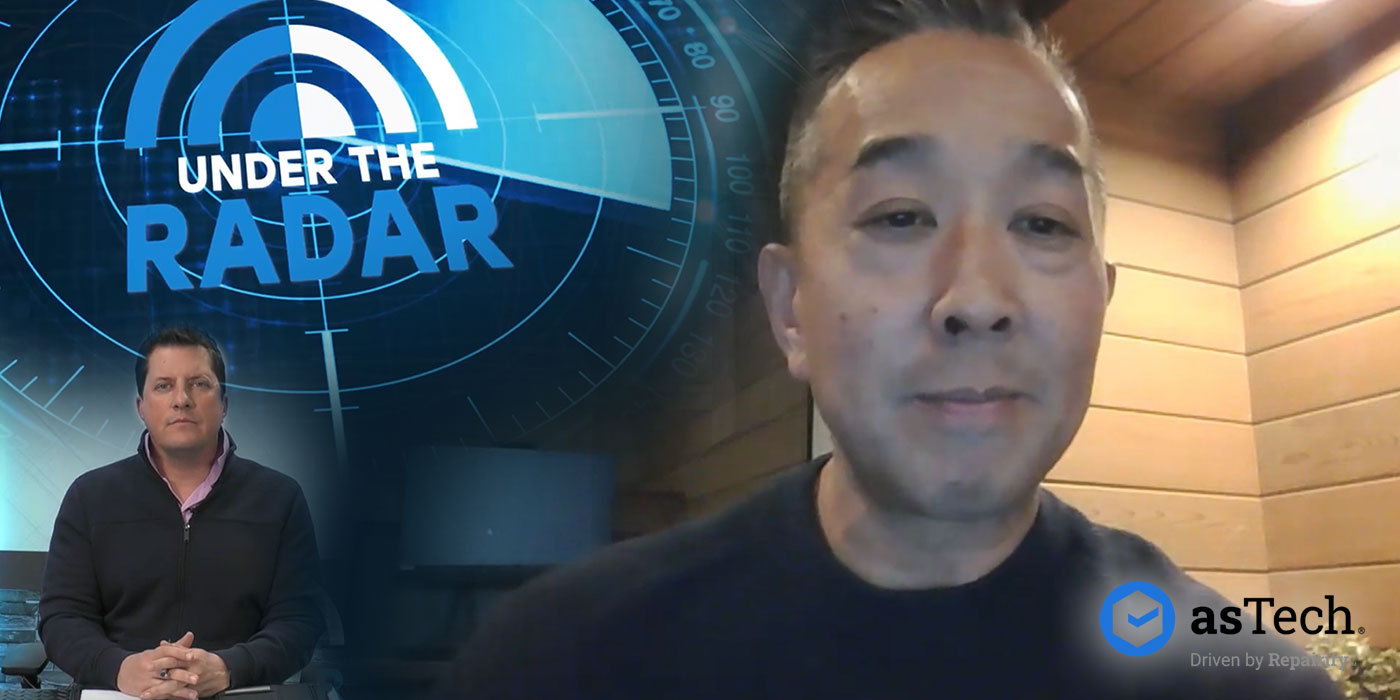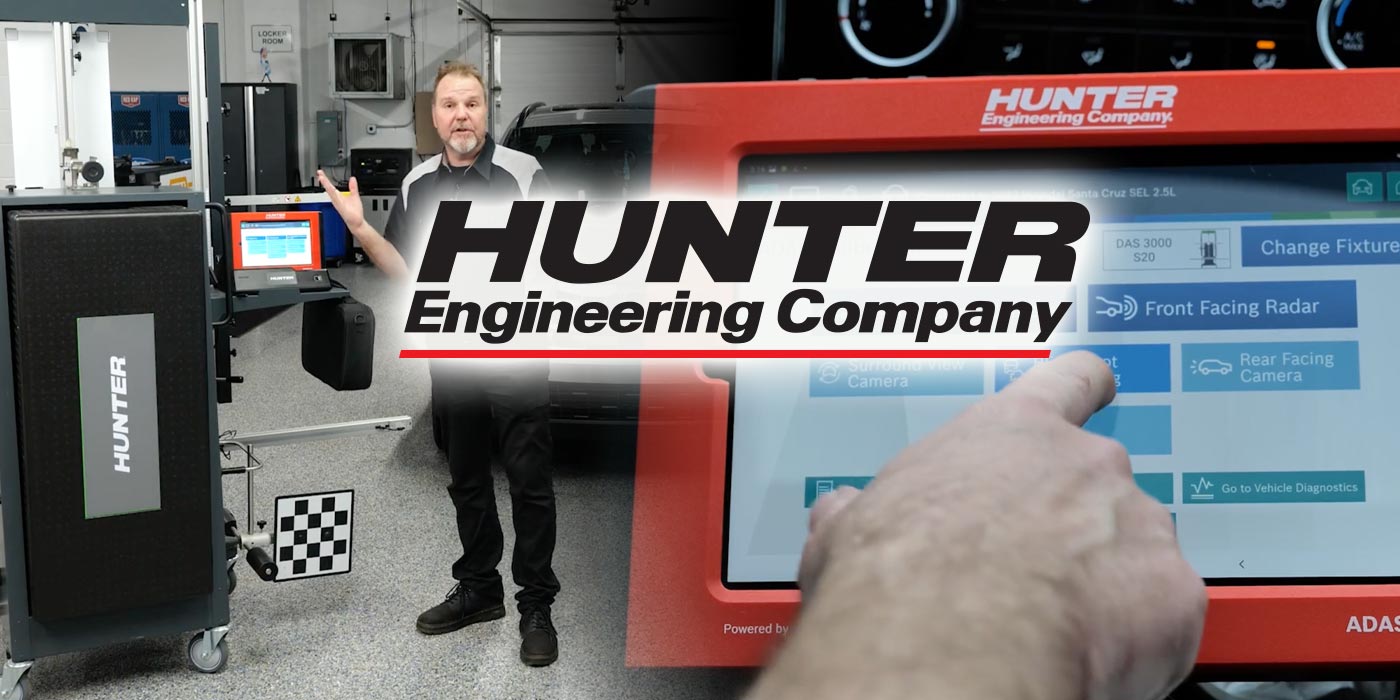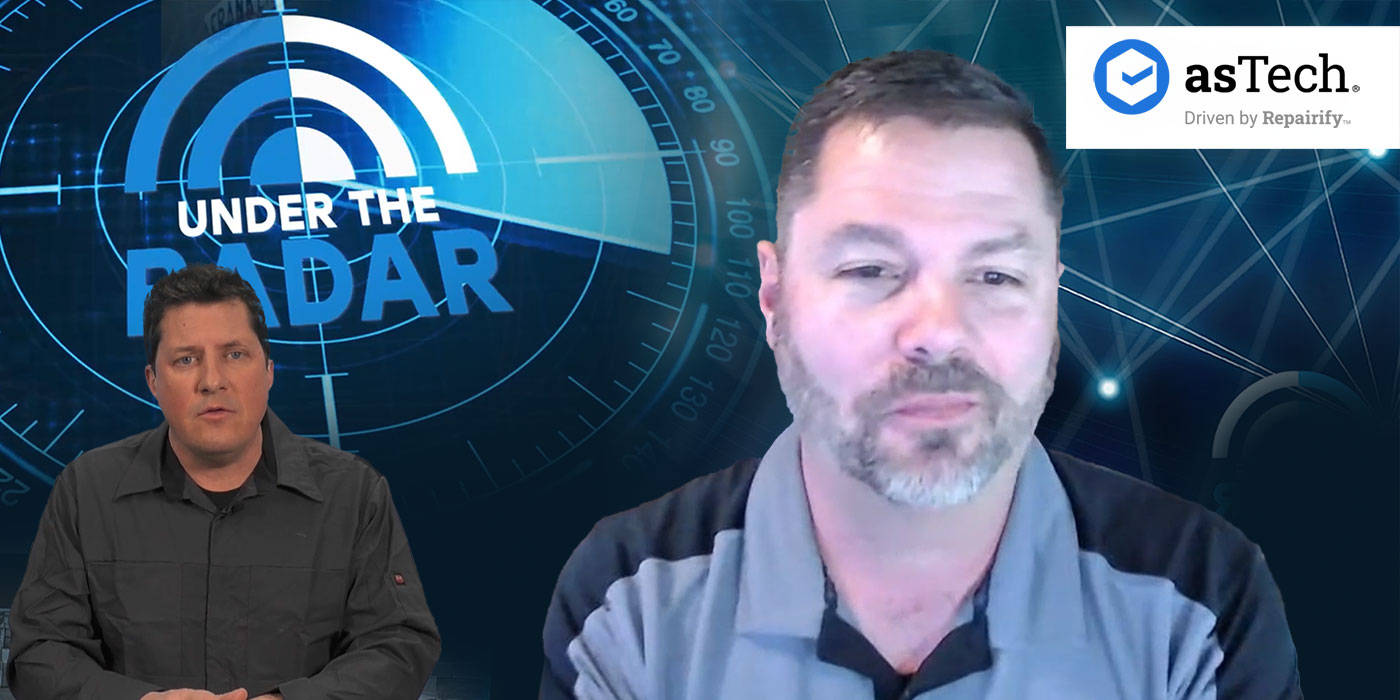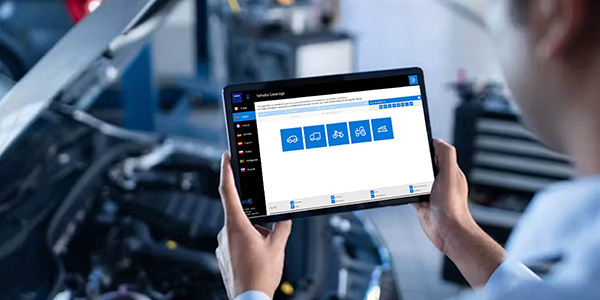Both mechanical shops and collision repair shops are finding that new vehicle features are adding calibration procedures that must be done to validate correct operation of safety systems. Lights on the dash or no codes showing in a scan cannot indicate if the systems are functioning correctly. They may indicate whether or not components are communicating correctly, but that’s only part of the equation.
Validating that the repairs are complete may require one or more calibrations to be completed. Knowing what needs to be done requires research and discipline — and not ignoring what is changing in the auto repair world. Whether you’re replacing a radiator or headlight or repairing collision damage on a quarter panel, new programming and aiming requirements followed by calibrations has started to dominate the vehicle repair industry.
Three Things
If you’re a mechanical shop or a collision shop that does mechanical work, think of three things you might do on any repair: connectivity, angle and attitude. Is there a possibility you’ll change the connectivity between the sensors, modules or computers in the course of the repair or by not connecting the components correctly? This can also be by accident or neglecting to plug something in.
Let’s say the vehicle has been reassembled with a bumper cover and all the sensors have been plugged in. You run a health systems check and find that no communication diagnostic trouble codes (DTCs) are present, yet the calibration fails. It turns out that a parking sensor was put in upside down. Without a calibration, the owner would be wondering what’s wrong with the vehicle.
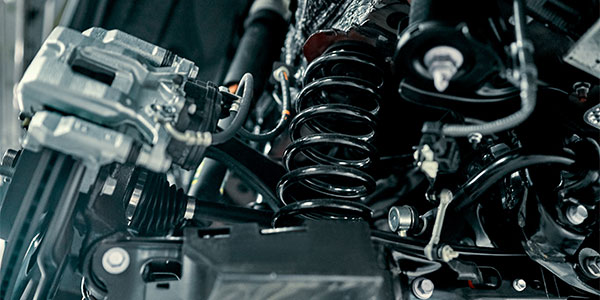
This leads into angle. Is there anything during the repair, replacement, or remove and install (R&I) process that could possibly change the angle of the sensor? A transmission cooler could be leaking and need service, and the technician may need to remove the grill assembly — which has the radar for the adaptive cruise control — to access the cooler. Could the R&I of the grill require a calibration of that sensor due to changing (or possibly changing) the angle during the process?
The angle of the sensor placement also leads to attitude of the vehicle to the roadway. Could any suspension or alignments change the attitude of the vehicle to the road? This would change the angle of the sensors. A calibration would be used as validation that all is working correctly.
Research Required
Many of these procedures used to be done by dealers on newer vehicles. Now, these vehicles are getting older and coming to other locations due to pricing or convenience.
Mechanical shops are seeing more and more cars that are using new safety features and advanced driver-assistance systems (ADAS) added to the list of cars to repair daily. Any mechanical repair may need to be researched if a calibration is required after the repairs are completed.
Look at a taillight on a Ford F-150 with radar built into the taillight assembly. If water gets into the connectors, it wreaks havoc with warning lights on the dash and ADAS functions, as they’re all interconnected. Replacing it will require programming procedures and verification of system operation. Even replacing a battery or disconnecting a battery for service may require a technician to look up service information to understand what systems may need initialization and/or calibrations.
It has been a challenge for many repairers to find that information. Service information is not always easy to locate. One example is that a technician may look up the repair procedure, but there is no statement within it addressing calibrations. He or she then looks up the calibration procedure for the vehicle and it lists parameters for when calibrations are to be performed — and listed is the procedure the tech is going to be performing.
The point is that technicians and shops now have to do a lot more research on the vehicle before doing any repairs that involve ADAS. Telling you to think of connectivity, angle and attitude is my way of helping you understand when more research might possibly be needed. Connectivity, angle and attitude is not the only reason to do more research — it’s just a guide to start out with. Remember, it’s not just the repair process; it’s the possibility of human error that also is being validated. Side note: This research definitely adds more time to the repair.
To add to the confusion is the year-by-year changes in service information. In one model year, a static calibration may be needed for a vehicle, but for the following model year, the calibration is a dynamic process. This could be the other way around too. The trick I’ve learned is to never assume; trust but verify with the original equipment (OE) service information.
Things I Struggle With
Vehicle modifications are something I struggle with greatly. Lift kits, lowering kits, big wheels, small wheels, cattle guards, lights, winches, brakes, brake pads, etc. What happens when modifications are made that alter vehicle performance or the way the sensors are set to work? Lift kits drive me crazy. The dealers have calibration procedures for the stuff they provide but not for aftermarket accessories. It’s left up to the shop to decide if they want to take on the liability of these vehicles.
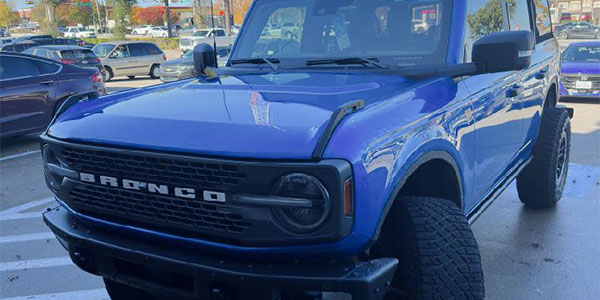
The vehicle’s computer is set to factory parameters of known abilities of the vehicle, so when you change the ability to stop or the way a radar or camera sees, how will the system perform? I’ve seen companies provide kits to help mount sensors better, but the camera still has to focus over a darn big hood to see that Mini Cooper or the child in the street.
You may see this as an alarmist’s point of view, but I’ve seen too many lawsuits lost over some piddly reasons. The OE manual is all we have to follow as guidance; the minute a shop deviates from OE, the shop is accepting the responsibility. You can have a driver sign a form, but the family of the Mini Cooper or the child did not sign that waiver. I can’t drive anywhere without seeing a billboard with a lawyer screaming it’s “hammer time” for vehicle crashes and injuries. We’re in a different world now where no one is responsible in a crash. People will blame the last shop to repair it.
Wear and tear on these systems will be an issue as the vehicles age. Components will start failing and causing codes or stop functioning. These components will need to be serviced and calibrated. I think this will be very interesting when it comes to consumers paying for the components. The cost will deter some from completing these repairs. What will be the industry response to putting a vehicle back on the road without systems functioning? What happens when these vehicles are sold? What will be the liability for not disclosing that these systems do not work during the sale? What kind of price depreciation could be assessed? I do not know the answers to these questions; fortunately, they’re questions not everyone has to be worried about.
Summary
No matter what procedure you’ll be performing, even if you’ve done it hundreds of times before, taking the time to research is something to look into. Whether you charge time for that research is a personal choice. I do know you can charge for procedures required. This research could end up paying for itself, considering that many calibrations missed during repairs due to not knowing they were needed is lost revenue for a shop. No matter if it’s a vehicle with collision damage or wear and tear that caused a customer to bring a vehicle to your shop, you need to know what it takes to complete and validate the repairs. That’s what they pay you for.



